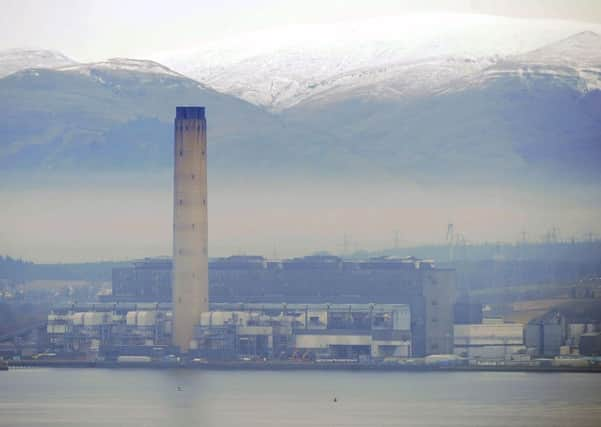Ilona Amos: Hitting climate goals should not lull us into complacency


It’s widely expected that we will have hit the target, with emissions not exceeding 44.933 million tonnes of carbon dioxide equivalent.
Results for 2014 showed we not only achieved that year’s aim but actually surpassed the 2020 ambition for a 42 per cent cut in emissions compared to 1990 baseline level. The 2015 target was also met, though emissions actually increased from the previous year.
Advertisement
Hide AdAdvertisement
Hide AdReporting of emissions is a complicated subject. The figures for all years are adjusted annually to reflect the latest understanding of greenhouse gas emissions. They are also revised to reflect Scotland’s participation in the complex EU-wide Emissions Trading Scheme.
Bearing all this in mind, Scotland officially missed its first four targets. However, retrospective tweaking of the numbers meant the goals were actually delivered.
So progress to date suggests we are on track to achieve statutory reductions for 2020 and beyond, even the upscaled goals outlined in the new Climate Change Bill – which will require cuts of 66 per cent by 2030, 78 per cent by 2040 and a 90 per cent by 2050.
That’s not saying we can be complacent. Despite reaching the reductions set out for 2020 six years early, we are still obliged to hit that target on the due date.
It would be premature to start patting ourselves on the back. We still have a long way to go and the journey will get tougher. Lots of the easy stuff has already been done. There has been a huge increase in renewable energy such as wind and solar. Coal-fired generation has also been phased out with the closure of Longannet power station– though the benefit might not be fully felt in the 2016 report, since it was operational until March of that year.
Major emissions cuts must be achieved in the heating, transport and agriculture sectors, which remain challenging. Heating our homes, schools, hospitals and businesses generates half of our overall emissions, so there is plenty scope for reductions – including a move away from fossil fuels to renewable power sources, the creation of district heating networks, plus improving energy efficiency and insulation.
Transport accounts for a quarter of our total emissions, and has largely escaped major efforts to shrink its footprint. Hopefully the government’s intention to ban new diesel vans and cars from 2032 should start having an effect even before that date as people, businesses and councils increasingly switch to electric or other low-carbon options.
Agriculture is responsible for a smaller proportion of emissions, but achieving cuts has proved challenging– figures have been largely flat-lining and bigger efforts must be made.
Advertisement
Hide AdAdvertisement
Hide AdDespite claims they want Scotland to reach net zero emissions “as soon as possible” and trumpeting about “world-leading” climate action, ministers baulked at setting a legally binding target for a 100 per cent cut by 2050, opting instead for an “achievable” prize.
They should think back to 2009, when the Climate Change (Scotland) Act was set out. At the time most people had no idea how these ambitious emissions cuts would be realised but they opted to go for it regardless. And look how far we’ve come. But you know what they say – necessity is the mother of invention.